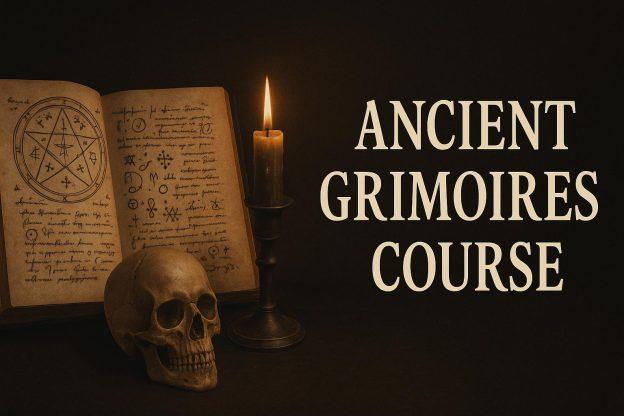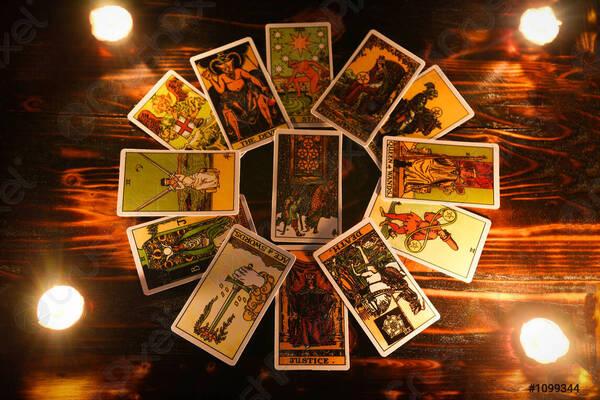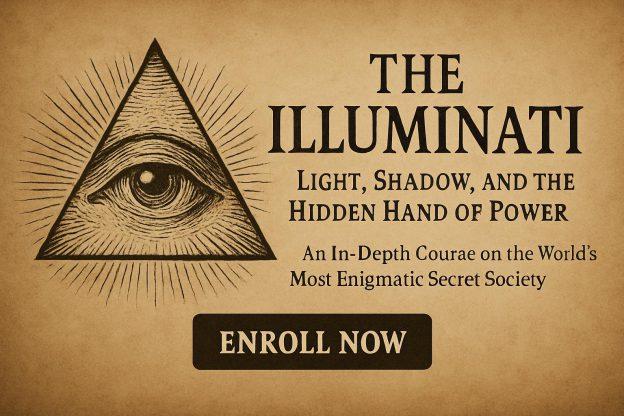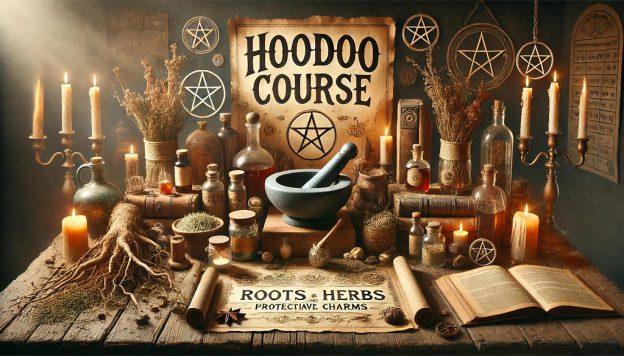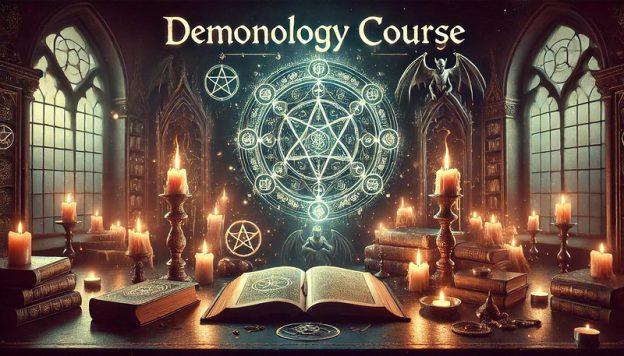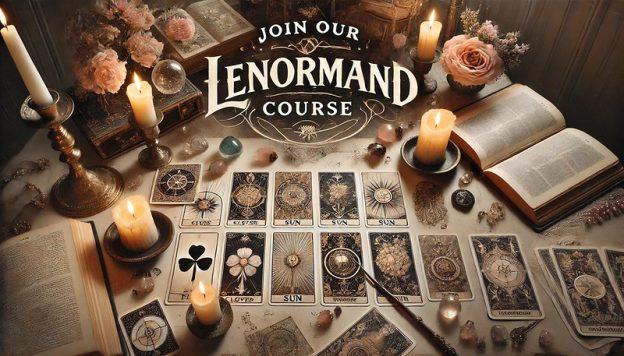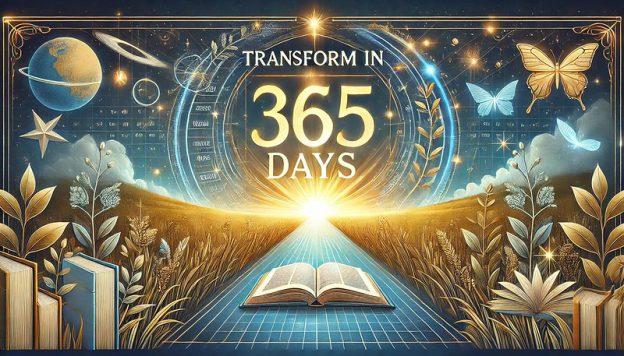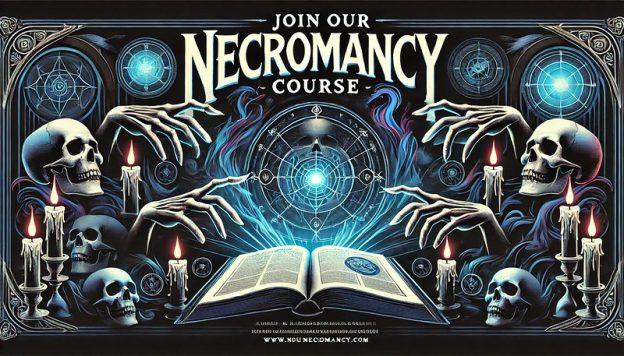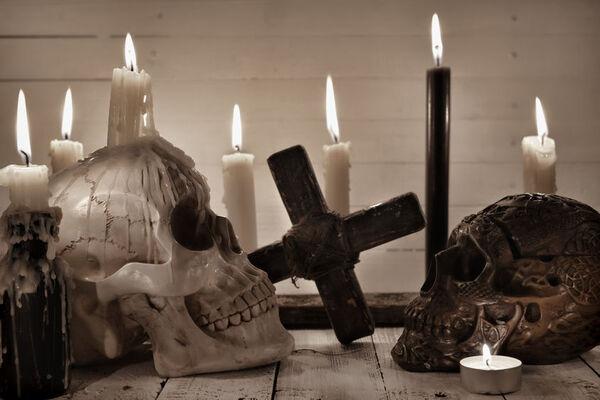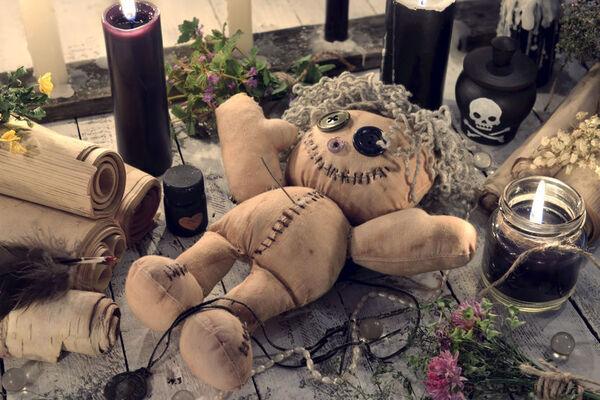Nayaka
Nayaka – A hunter-gatherer community of the forested Gir Valley in the Nilgiri region of South India. Their relational epistemology is discussed in Nurit Bird-David’s article on animism (1999). The centrality of sharing—of space, things, and actions—in Nayaka life expresses their perception that they live with persons, not all of whom are human, who relate with others in various ways, especially as kin (defined here and among many other hunter-gatherer peoples as those with whom one shares and relates socially, more than those related by descent or genealogy). Nayaka relationality includes not only human persons (avaru) but also other-than-human persons (e.g., elephants, rocks, or hills), devaru, a term that expresses “weness” or emergent community. Human and other-than-human persons discover their personhood at the same time that they learn to relate socially in culturally appropriate or respectful ways, not before or apart from that. In other words, Nayaka engage with the world as a community of persons, some of whom are interested in engaging respectfully with human persons. They seek to know how their experiences are the result of encountering persons (i.e., beings who relate). As Bird-David puts it, the Nayaka seek to understand how “thingsinsituations relate to the actor-perceiver and, from the actorperceiver’s point of view, to each other.” Skill in respectful relating is nurtured in events in which approximately one-fifth of the men (and, in principle if rarely in actuality, women) of the community perform as devaru while in trance states. By doing so, they “bring to life” the devaru, who are invited to engage in conversation and other performative acts. Thus, a mutual enabling and sharing is made evident to the community in trance performance of relational encounters. More experienced performers gain increasing recognition and appreciation. While such experienced performers may not entirely warrant the label “shaman,” their trance performances and roles in the community have significant parallels with shamans elsewhere. The Nayaka are also of interest here, however, because they illustrate significant features of the animism that makes shamans possible and necessary.
SOURCE:
Historical Dictionary of Shamanism by Graham Harvey and Robert J. Wallis 2007
